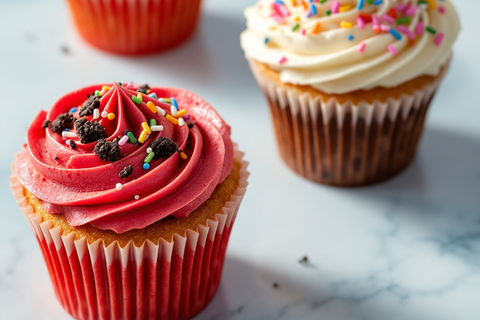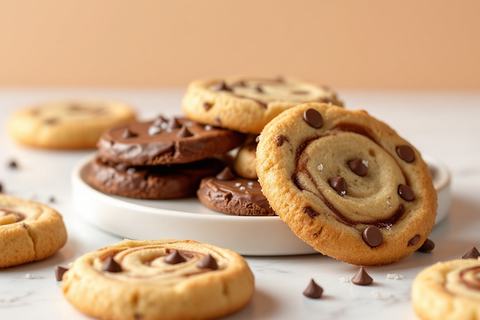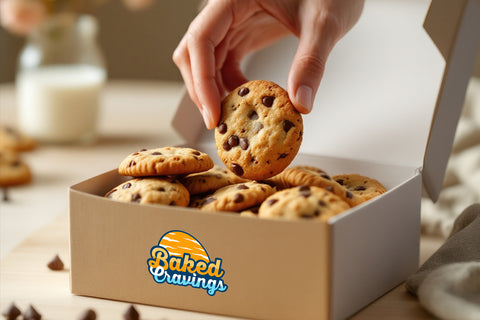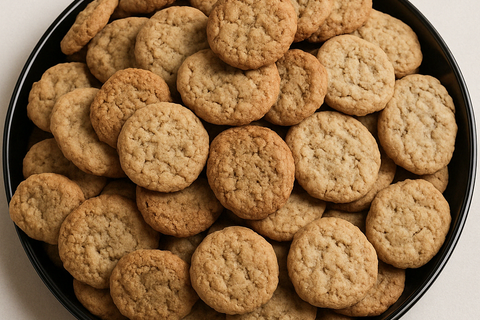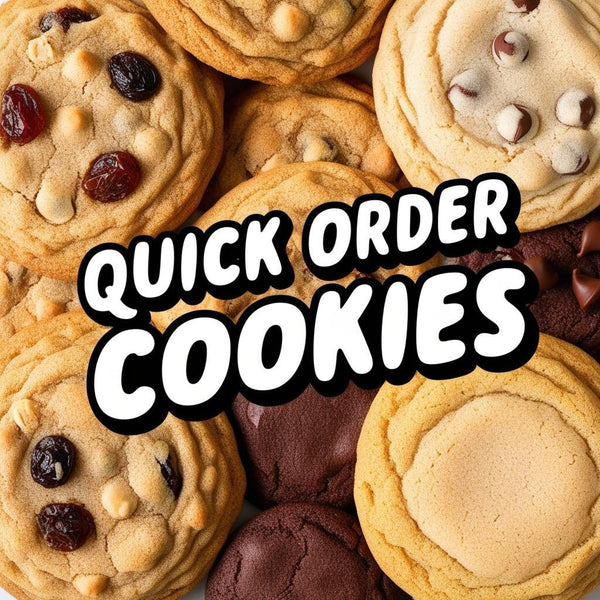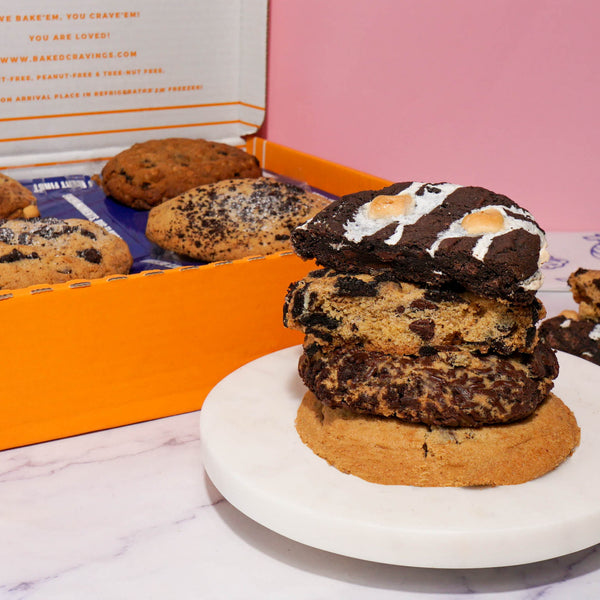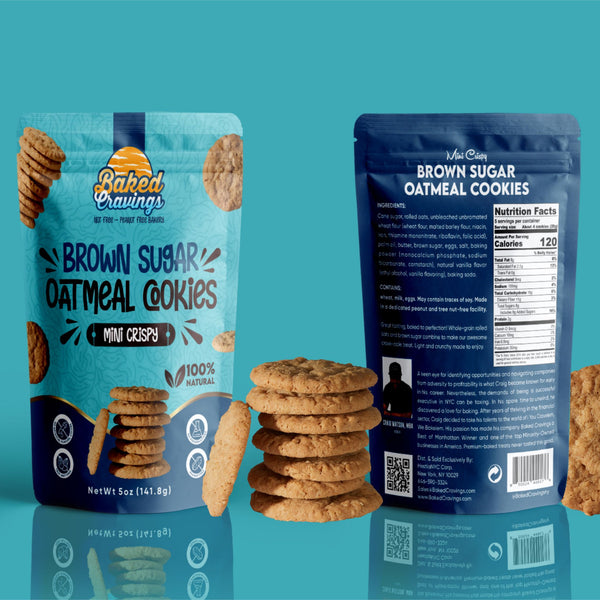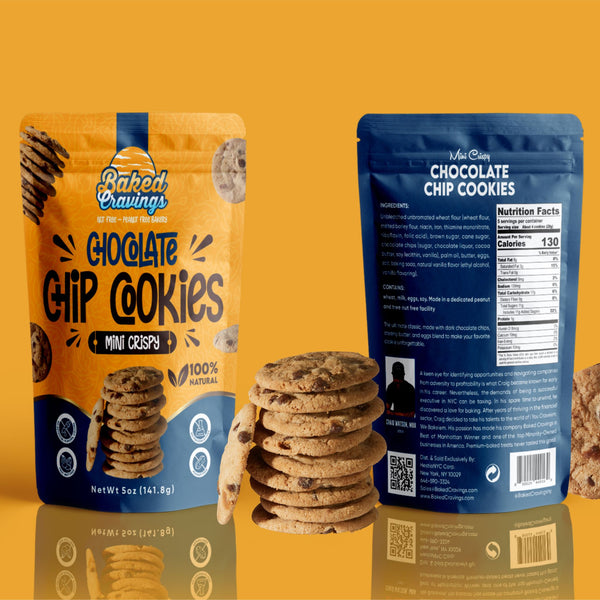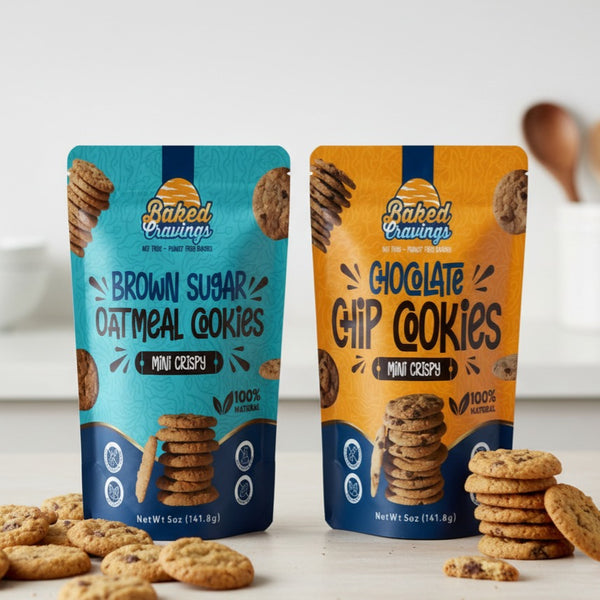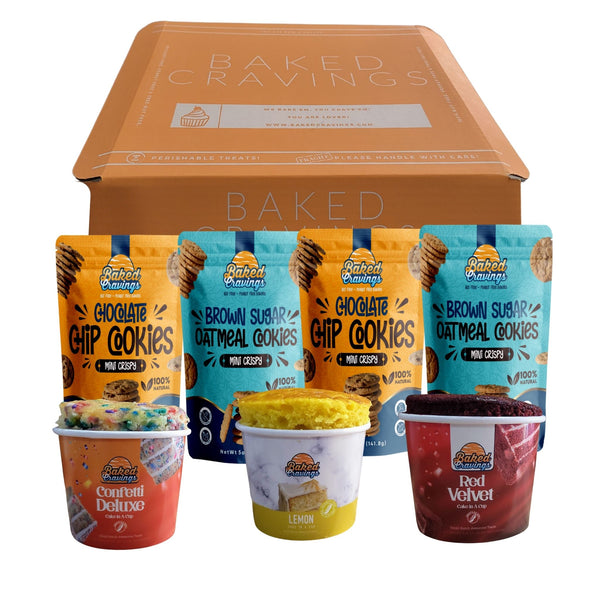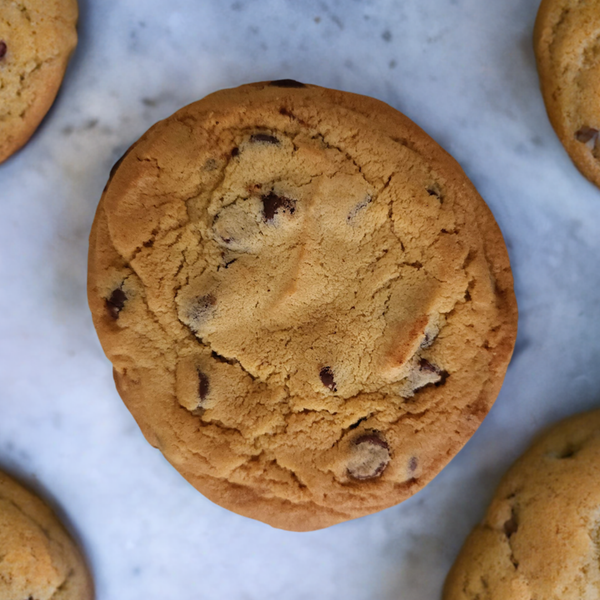The Art of Cake Decorating: Techniques and Tools
Cake decorating is a delightful blend of culinary skill and artistic expression, transforming simple baked goods into stunning centerpieces. Whether you're a novice baker or an experienced pastry chef, mastering various decorating techniques and understanding the essential tools can elevate your creations. This guide explores fundamental and advanced cake decorating methods, along with the tools that make them possible.
Essential Cake Decorating Techniques
1. Buttercream Icing
Buttercream is a versatile and delicious frosting made from butter and sugar. It's ideal for spreading over cakes or piping intricate designs. To achieve a smooth finish, apply a crumb coat—a thin layer of buttercream that traps any loose crumbs—before adding a thicker layer of icing. For piping, use different nozzles to create swirls, rosettes, and other patterns. (thecakeroomsleicester.co.uk)
2. Fondant Work
Fondant is a pliable icing that can be rolled out to cover cakes, providing a sleek, professional look. It's perfect for custom cakes, especially those with intricate designs or sculpted elements. To work with fondant, knead it until soft, roll it out to about 1/8 inch thickness, and gently drape it over your cake. Use a fondant smoother to remove any air bubbles and create a flawless finish. (thecakeroomsleicester.co.uk)
3. Piping Techniques
Piping involves using a pastry bag filled with icing to create decorative elements like borders, flowers, and lettering. Different piping tips can produce various designs, from delicate rosettes to intricate lacework. Mastering pressure control and hand movements is key to achieving clean lines and beautiful decorations. (cakekarma.org)
4. Airbrushing
Airbrushing uses a spray gun to apply color to cakes, allowing for gradients, shading, and stenciled designs. This technique is excellent for adding depth and dimension to your creations. Practice on parchment paper before applying to your cake to get a feel for the pressure and distance required. (escoffier.edu)
5. Royal Icing Detailing
Royal icing, made with egg whites and sugar, dries to a hard, glossy finish, making it ideal for intricate piping work and creating lace-like designs. Use a piping bag with a fine tip to add delicate borders or intricate patterns. It dries quickly, so work with small amounts at a time. (thecakeroomsleicester.co.uk)
6. Stenciling
Stenciling allows you to add detailed designs to a cake without freehand piping. Place a decorative stencil over your cake and apply a thin layer of royal icing or cocoa powder to create a beautiful, intricate pattern. This technique provides a professional finish with minimal effort. (cookist.com)
7. Sugar Flowers
Sugar flowers are edible decorations made from gum paste or fondant, crafted to resemble real blossoms. They add elegance and sophistication to cakes, especially for weddings or special occasions. With the right tools and techniques, you can shape petals, add intricate details, and achieve a lifelike appearance. (sugarwhipped.com.au)
Essential Cake Decorating Tools
1. Turntable
A turntable allows for smooth and even frosting application, making it easier to decorate all sides of the cake evenly.
2. Offset Spatula
An offset spatula is essential for spreading icing evenly and achieving a smooth finish on your cakes.
3. Piping Bags and Tips
Piping bags and a variety of tips are crucial for creating different designs and textures with icing.
4. Fondant Tools
Tools like rolling pins, smoothers, and cutters are necessary for working with fondant to cover cakes and create decorations.
5. Airbrush Kit
An airbrush kit is used to apply color evenly and create gradients or stenciled designs on cakes.
6. Cake Combs
Cake combs help create textured patterns in frosting, adding visual interest to your cakes. (britishgirlbakes.com)
7. Edible Markers
Edible markers allow for drawing directly onto cakes, adding fine details or writing messages.
8. Dusting Brushes
Dusting brushes are used to apply edible luster dust or petal dust, adding shimmer and subtle color to decorations.
Conclusion
Mastering the art of cake decorating involves learning various techniques and utilizing the right tools. By practicing methods like buttercream icing, fondant work, piping, airbrushing, royal icing detailing, stenciling, and creating sugar flowers, you can transform simple cakes into stunning works of art. Equipping yourself with essential tools will further enhance your decorating capabilities, allowing you to bring your creative visions to life. Remember, patience and practice are key to developing your skills and achieving professional-quality results.
